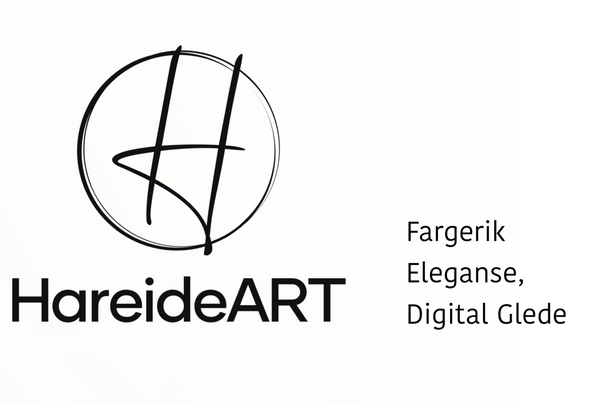Artwork with elements that are the same size and shape can often appear static and boring. Varying the size and shape of the elements in an artwork can give it more dynamism and visual interest. This is a technique used by experienced artists and can be the little extra that makes a big difference in the work of new artists.
Size variation is usually used to give a sense of three-dimensional depth in a two-dimensional surface. But size isn't just about distance or depth, it's also about visual interest. Varying the size of the elements in an artwork can make the eyes follow different directions and create tension in the image.
In the same way as size, shape variation can also help make a work of art more interesting. The world around us is not full of just circles or squares, it is made up of a number of different shapes. Playing with the shapes can be a good way to create interest and variety in your artwork.
For example, in a painting of a landscape, different shapes of trees and mountains can add more interest and movement to the picture than if all the shapes were the same. Playing with different shapes and sizes can also be a useful technique in character design.
All in all, these techniques are all about creating contrast. Contrast creates interest. If you want to focus on something special in your image, you can create contrast in or around it; it can be through value, size or shape. Creating contrast can be a fun way to play with and enhance your work, and will give your audience something new and exciting to look at.
Here are four examples of artwork that uses size and shape variation:
-
"Composition VIII" by Wassily Kandinsky: This abstract painting from 1923 shows a series of different shapes in various sizes, creating an exciting visual image.
-
"The Starry Night" by Vincent van Gogh: In this famous painting from 1889, the moon and stars are of different sizes, giving a sense of depth and movement to the sky.
-
"Les Demoiselles d'Avignon" by Pablo Picasso: This avant-garde painting from 1907 shows different geometric shapes in different sizes, creating an unusual and challenging image.
-
"Campbell's Soup Cans" by Andy Warhol: This pop art piece from 1962 shows a series of Campbell's soup cans of the same size but different colors, creating an interesting contrast and visual interest.


